My friend Dave Atkinson mused that an oral history of how I learned the things I learned the other day came to be learned.
So I recorded one.
Another Saturday, another rise to the challenge of simulating a Saturday trip to the Charlottetown Farmers’ Market. This week: homemade bagel with smoked salmon from Gallant’s, cream cheese, capers, and homemade pickled onions. And a smoothie.
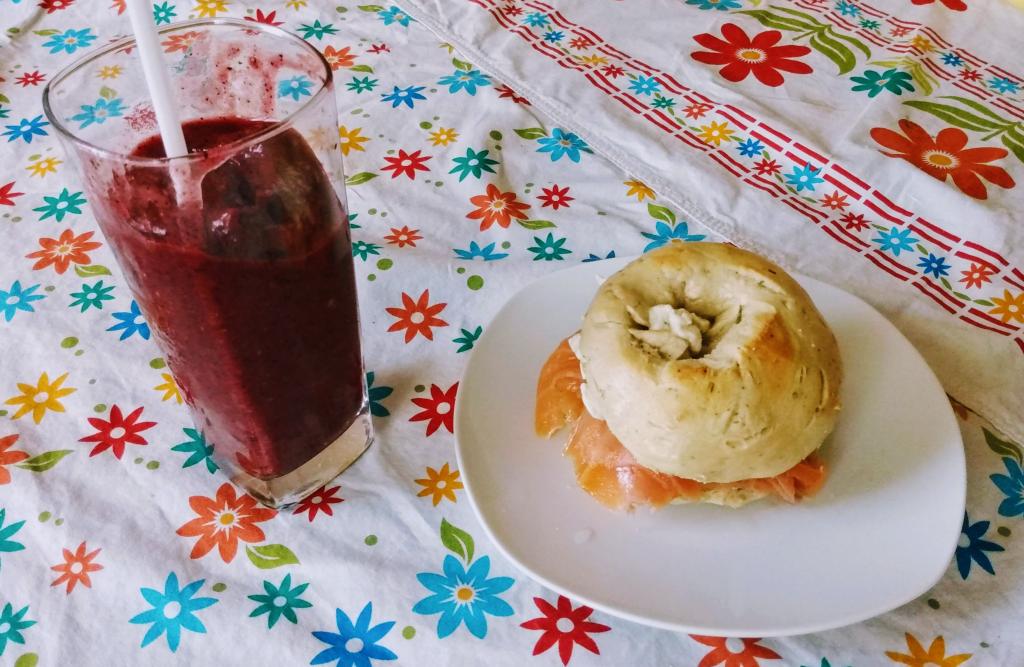
We ordered Thai takeout for lunch today. The first time we’ve had restaurant food in 47 days. It was amazing.
Khoaw Pon has online ordering and will bring your food to the curb.
I recommend the Thai Basil Stir Fry with added cashews.
Since the start of The Meditation in March, Tom Cullen, personable owner of Purity Dairy, has kindly dropped milk and yogurt by our front vestibule each week. My bicycle is on the road now, though, and it’s a beautiful sunny day, so rather than calling on Tom again, I rode up to the dairy myself after breakfast.
There’s nothing better to remind you that you live in a small town utopia than having an early morning chat over the counter with Tom and his cousin Greg about how the milk business is holding up.
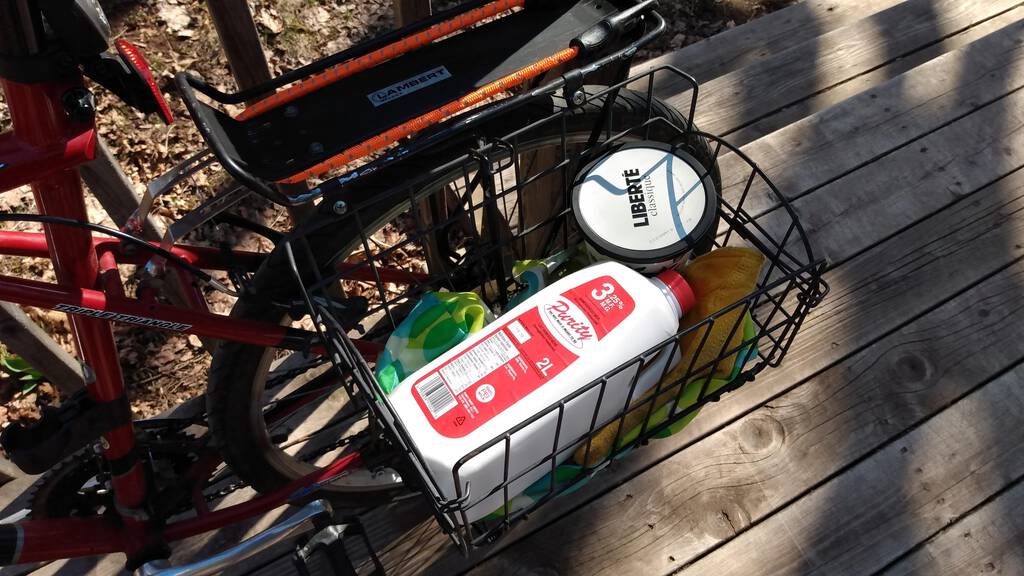
It is so great to be back on my bicycle again after winter: it’s like powering my body up after a long hibernation.
Alison Stine writes in Belt:
And when you look for a model on how to remake the world after the pandemic? Make it a place where strangers care for strangers without expecting anything in return. Make it a place where the community is only as strong as its weakest member, and where help is given, as much and as often as it can be. Make it like Appalachia—but don’t forget us this time.
You can wash pillows. In the washing machine.
You can make a stir fry from kohlrabi, shallots, and tempeh.
Nobody’s coming to empty the upstairs wastebaskets; it’s on me.
If you enable it in your settings, Zoom meetings can have “breakout rooms,” created manually or automagically, where sub-hives can gather for smaller discussions.
Shopify has a retail point of sale system.
Mail from Belfast to Charlottetown takes two days. Mail from Charlottetown to Belfast takes a week.
For someone known to claim he has no friends, I sure have a lot of good friends.
I’ve owned this blue Roots cardigan for a long time, long enough that there are certain people in this town who associate me with cardigan-wearing, even though, in recent years, I’ve worn it seldom. In part because it’s been missing the bottom button.
You’d think, what with Catherine being a seamstress and all, this is something that could have been rectified long ago. But a combination of my reticence and hers to ask her to take her work home (the same reticence that meant she never really had a proper website) meant this never happened.
This morning I took matters in to my own hands, removed the old buttons and replaced them with a Lori Joy Smith rainbow of colour, extracted from Catherine’s button jar. The buttons might all fall off soon, given my lack of button-sewing prowess. For the time-being, I’m proud of my efforts, and will become cardigan-wearing Peter again, for a while.
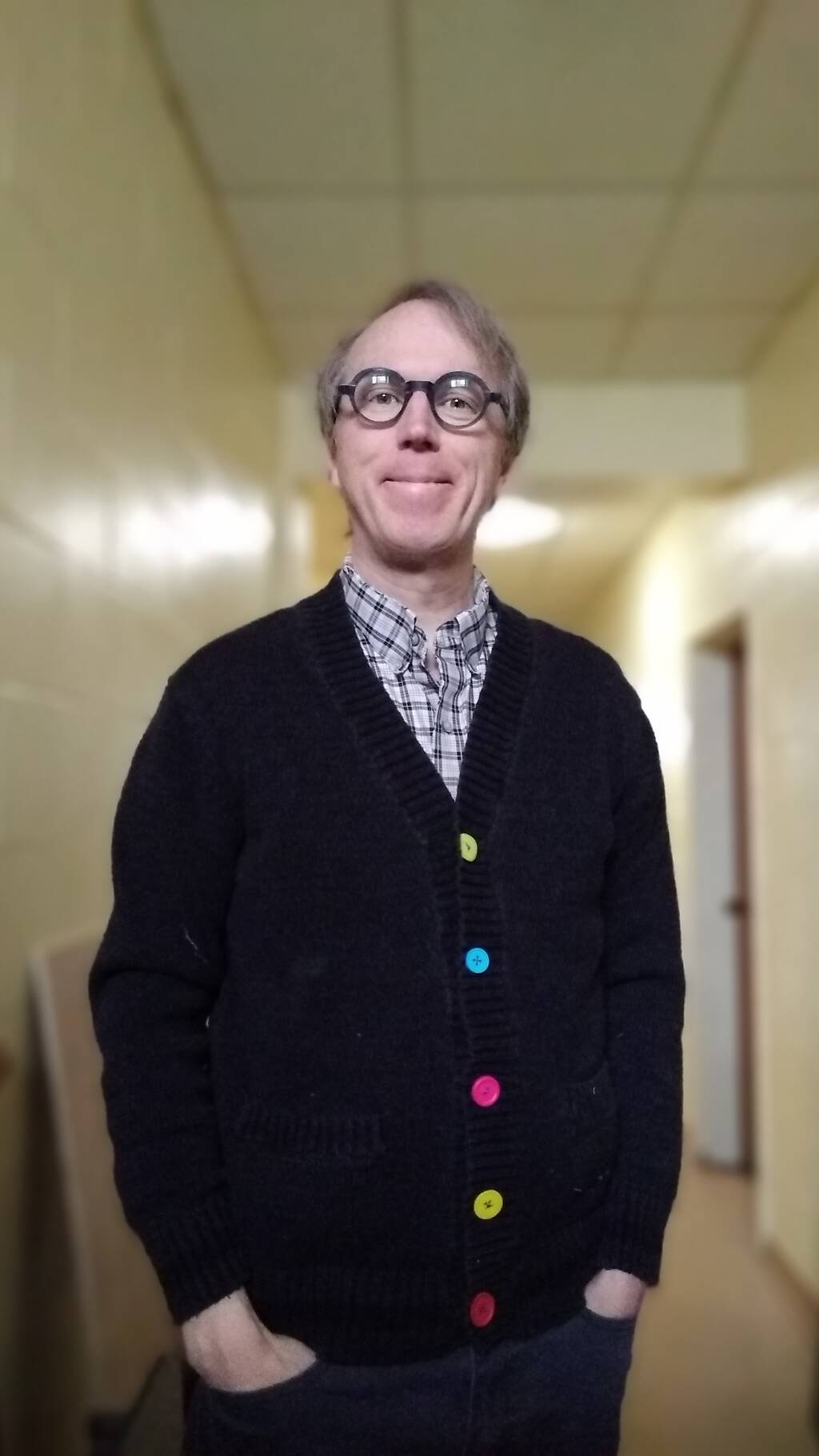
My mother and I agreed the other day that we much prefer musicians playing from home in their pyjamas. Here’s Phoebe Bridgers doing just that.
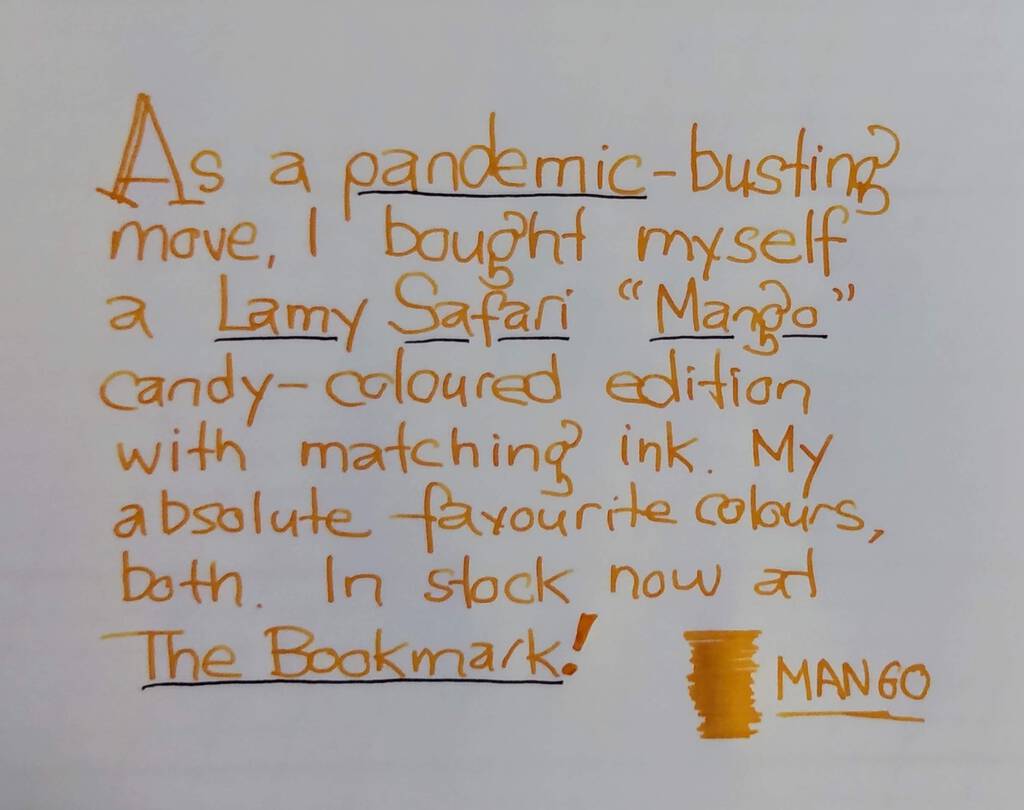
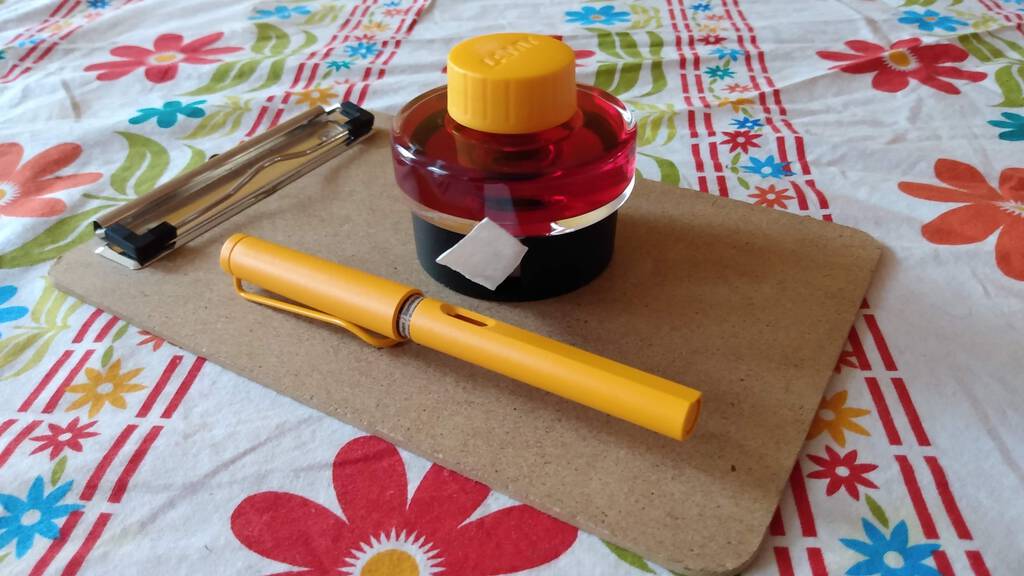
 I am
I am